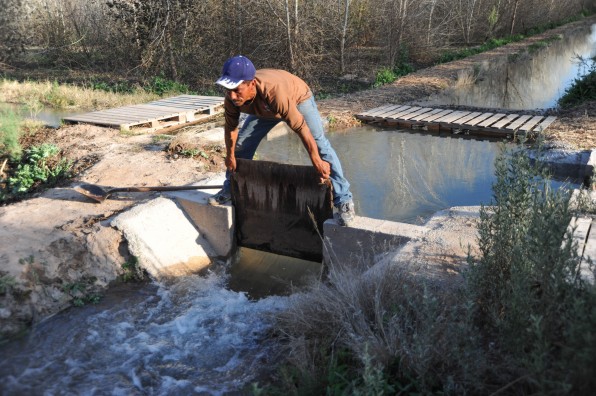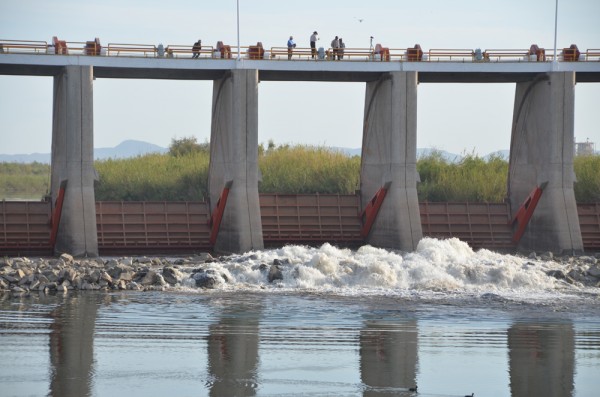In the delta community of Miguel Alemán, situated along the Colorado River corridor that forms the border between Mexico and Arizona, we arrive at an unlikely enterprise in this parched environment: a tree nursery.
 A few thousand cuttings of willow, mesquite, and cottonwoods are lined up in orderly fashion inside a well-tended greenhouse. Today the mother and son who live here and operate the nursery are painstakingly preparing willow cuttings. They are employees of Pronatura-Noroeste, the Mexican conservation organization that is working to restore the delta. In addition to the greenhouses, the nursery includes an eight-acre demonstration plot, where trees of various types and heights are monitored.
A few thousand cuttings of willow, mesquite, and cottonwoods are lined up in orderly fashion inside a well-tended greenhouse. Today the mother and son who live here and operate the nursery are painstakingly preparing willow cuttings. They are employees of Pronatura-Noroeste, the Mexican conservation organization that is working to restore the delta. In addition to the greenhouses, the nursery includes an eight-acre demonstration plot, where trees of various types and heights are monitored.





